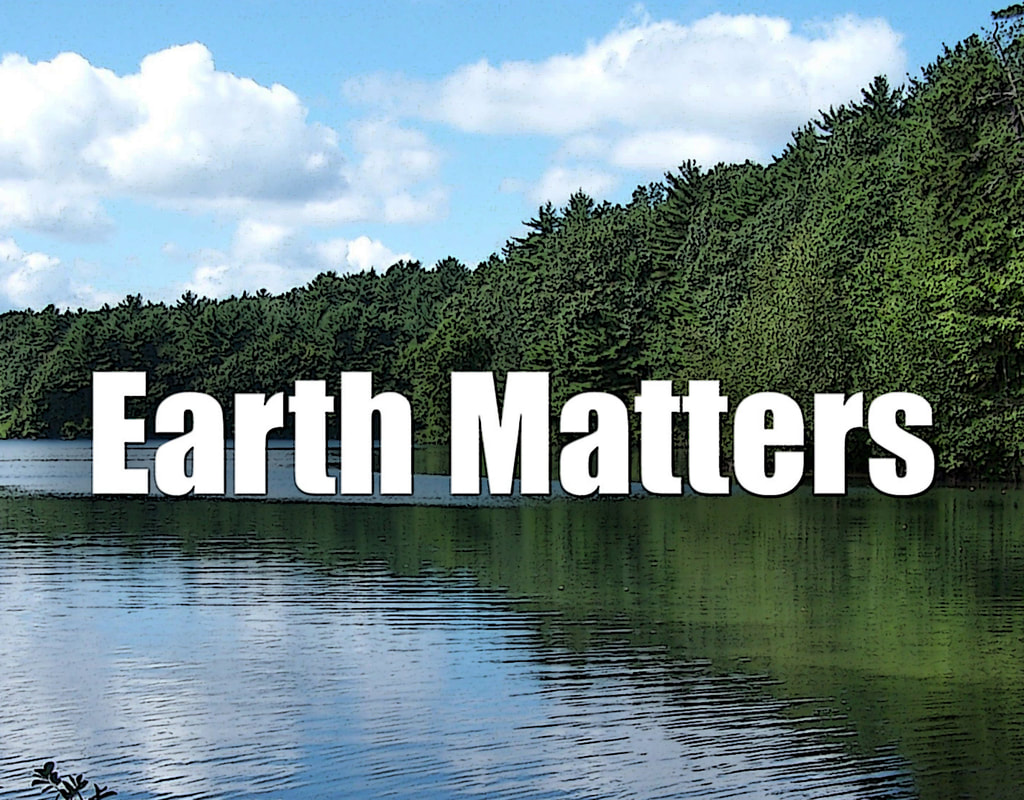|
Anytime it snows it reminds us what a curious and complicated thing snow can be. And as with so many other things, a little bit of knowledge about snow can be a bad thing. When political pundits start making long-term predictions about climate trends based on a month of snowy weather, I think it's time for the cooler and wiser heads to step in. A good place to start is by understanding the things that influence snow.
A great place to look at these factors is right here in Pennsylvania. The range of snowfall in the Commonwealth is astounding, Philadelphia averaging only 20 inches while the snow belt in the lee of Lake Erie gets 100 inches annually. While we here in Central Pennsylvania seldom get a big snow before Christmas, the Northwest can be pounded by lake-effect snow that gathers moisture from the still-liquid lakes starting as early as mid-October. Elevation's impact on snowfall totals can be seen right here in Blair and Cambria Counties. Average snowfall in the valleys near Altoona's elevation is about 40 inches per year, while places just west of us on the Allegheny Plateau in Cambria County get nearly 80. This talk about averages, however, ignores the fact that many winters depart from the norm a great deal. In light of this year's above average snowfall, it is fun to look at the biggest snowfalls we've ever had. The total snowpack, drifting and road conditions can warp our perception of how much snow we really have. It turns out that in the 75 years from 1926 to 2000, Altoona has officially had only 45 snow events of ten inches or more. (I defined a snowstorm as any one, two or three day period with ten inches or more of snow accumulation.) Five times (1941, 1964, 1970, 1971, 1972) we had two such storms in one winter. Twice (1978 and 1994) we had three in the same snow season. That means more than half our winters have not had a double digit storm. Our recent twenty inch storm was only the ninth storm of such magnitude since 1925. Only one was officially over two feet, the March 6-7 blizzard of 1962 that brought us 26 inches. Our second biggest was perhaps our most unlikely, a 23 inch fiasco on April 27-29, 1928. One of the worst weeks of snow in our local weather annals came during my senior year in college when 35 inches fell from three separate storms January 14-21, 1978. The seventies, in fact, had more double digit snowstorms of any decade on record. As you might have expected, well over half our biggest storms were in January and February. March, however, nearly matches the colder months. As a battleground of winter and spring weather, March can provide everything you need for a potent storm - abundant moisture from the Gulf and the Atlantic, coupled with the last gasp of cold winter air. That does not necessarily mean that our snowy winter will become a snowy March. After all, the one thing we can say for sure about snow is that we don't know what to expect.
0 Comments
Your comment will be posted after it is approved.
Leave a Reply. |
Climate and Weather
Understanding Pennsylvania Snow
The Flood of 1947 The Hottest Day Rising Sea Level Cold Winters & Big Pictures Rainy Junes: 1972 & 2015 Penn State's Weather World The Paris Accord 2016's Peculiar Snowstorm Two Different Winters: 1936 & 2016 The Year Without A Summer Pennsylvania's Hottest Summer Other Categories |
|
All Original Material - Copyright © - All rights reserved. No part of this site may be used without written consent. Email John with questions.
Site Powered by Weebly. Managed by Brush Mountain Media LLC. |
© COPYRIGHT
2010-2023. |

